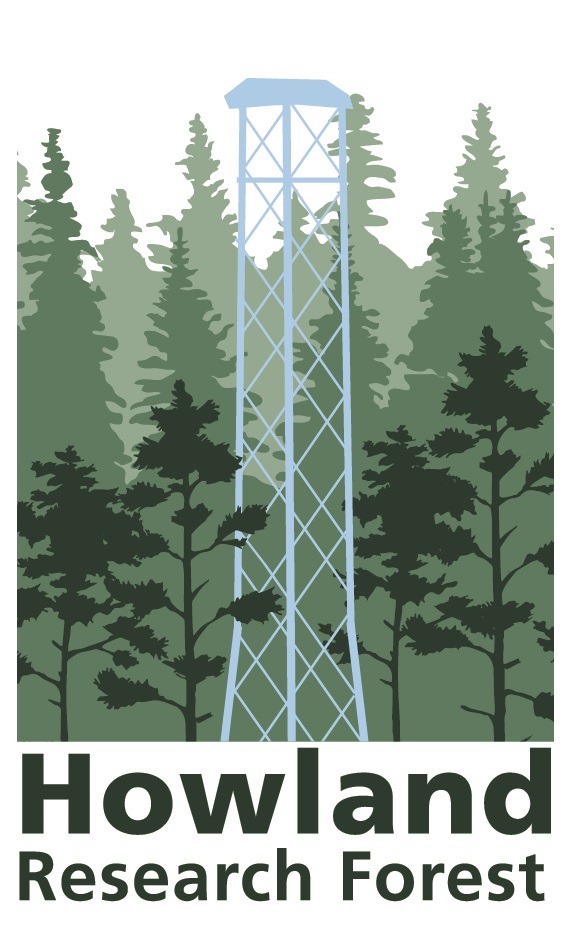
Forty years of forest ecology research from canopy to floor

Established in 1986 through a partnership between the University of Maine and International Paper Company, the Howland Research Forest is a forest ecosystem research site in central Maine, representing a low-elevation conifer/northern hardwood transitional forest dominated by spruce and hemlock. In 2007, the Howland Research Forest was purchased by the Northeast Wilderness Trust.
Home to the second-longest flux record in the United States (20+ years, since 1996), the Howland Research Forest is a founding member site of the Ameriflux network. Flux data from three towers at the Howland Research Forest is currently shared with this network.
Learn more about the ongoing research utilizing the flux tower here.
Collaborations between the USDA Forest Service, NASA, NOAA, EPA, the US Department of Energy, Woodwell Climate Research Center, and the University of Maine have maintained an active research program in carbon and nutrient cycling, remote sensing, climate change, and more.
Researchers are also working with Woodwell Climate Research Center, Arizona State University, Emory University, and San Diego State University on an innovative, multi-scale, and cross-disciplinary study to identify the conditions and mechanisms driving methane sink/source activity across soil moisture gradients in northern forests. More information on this project can be read here.
